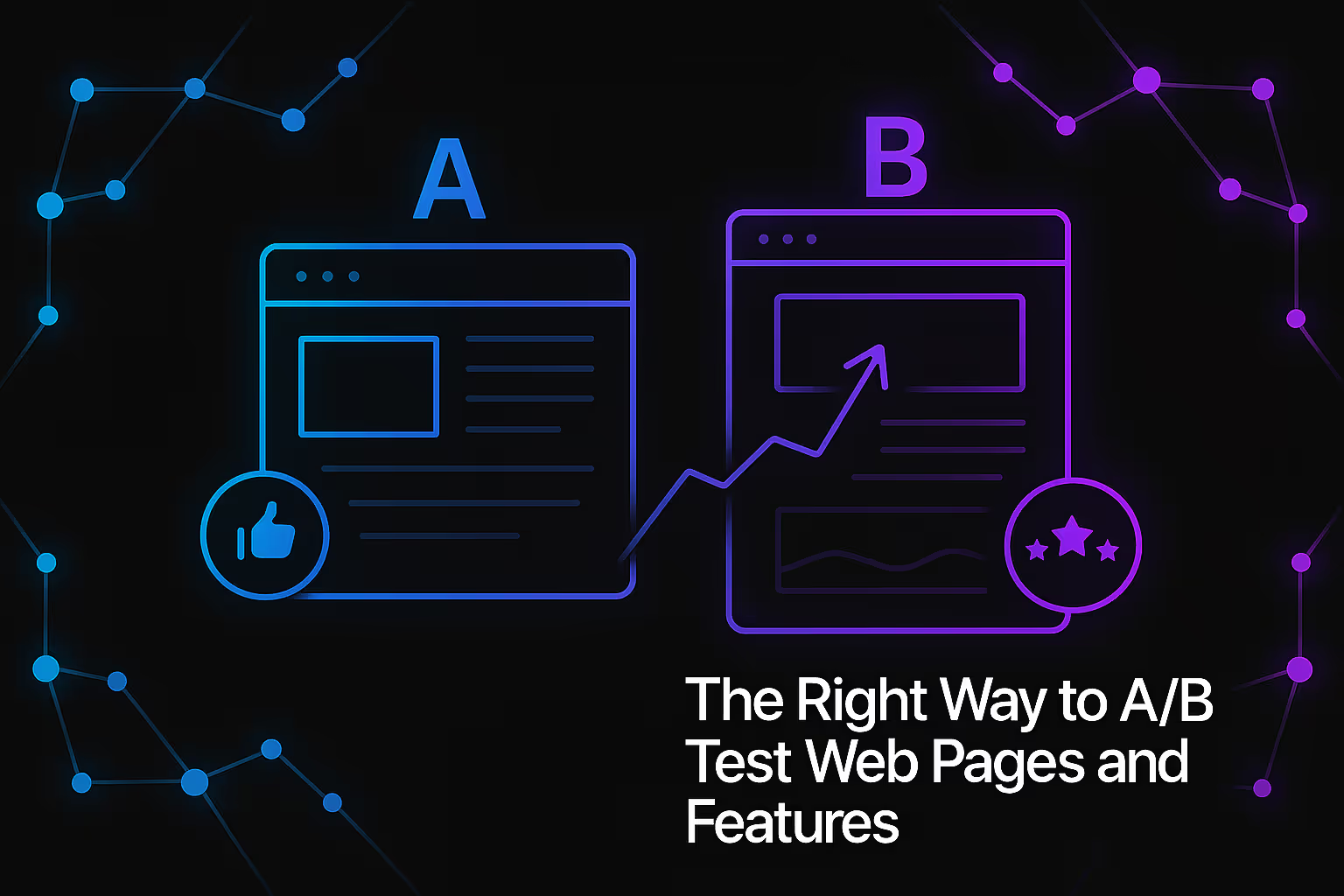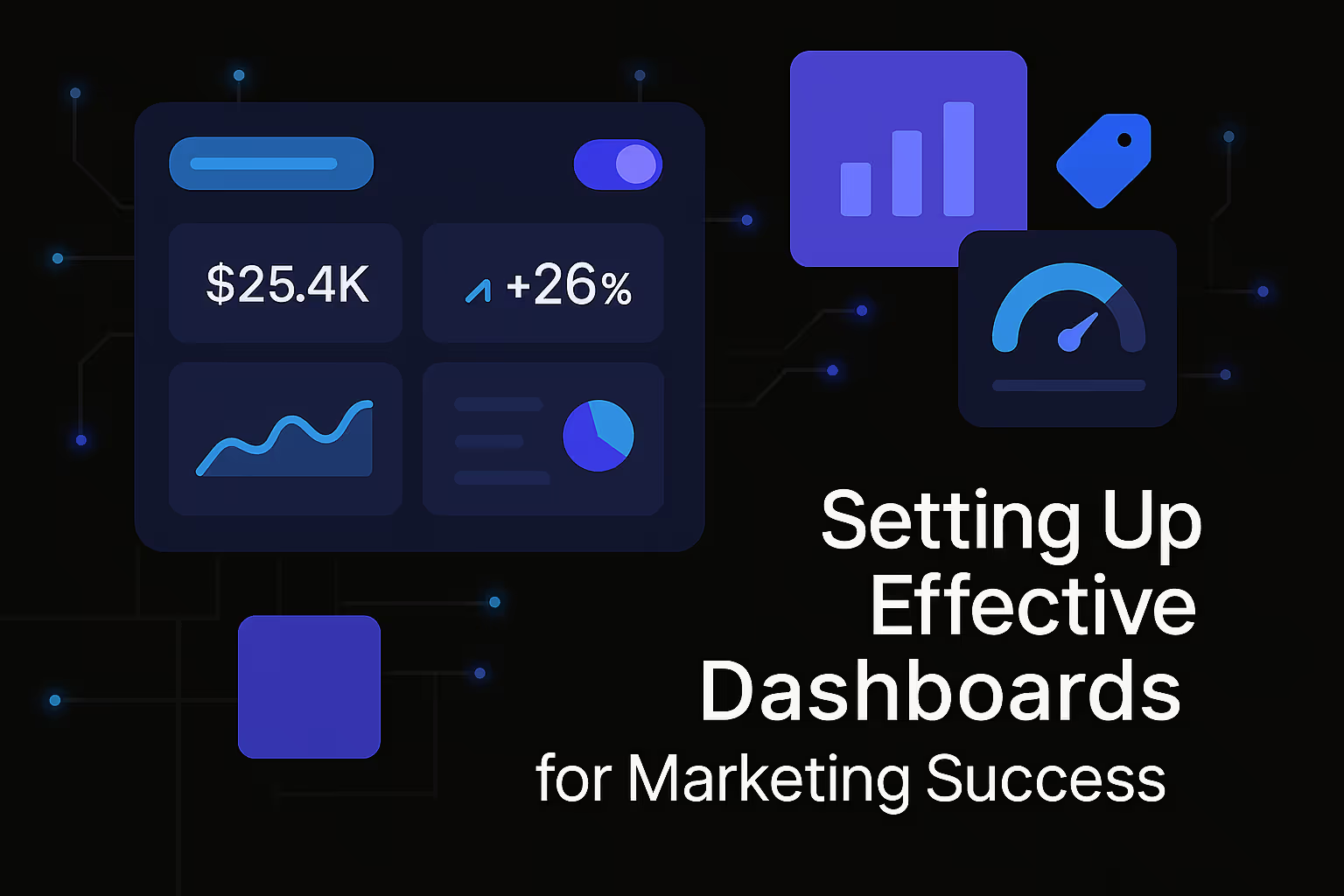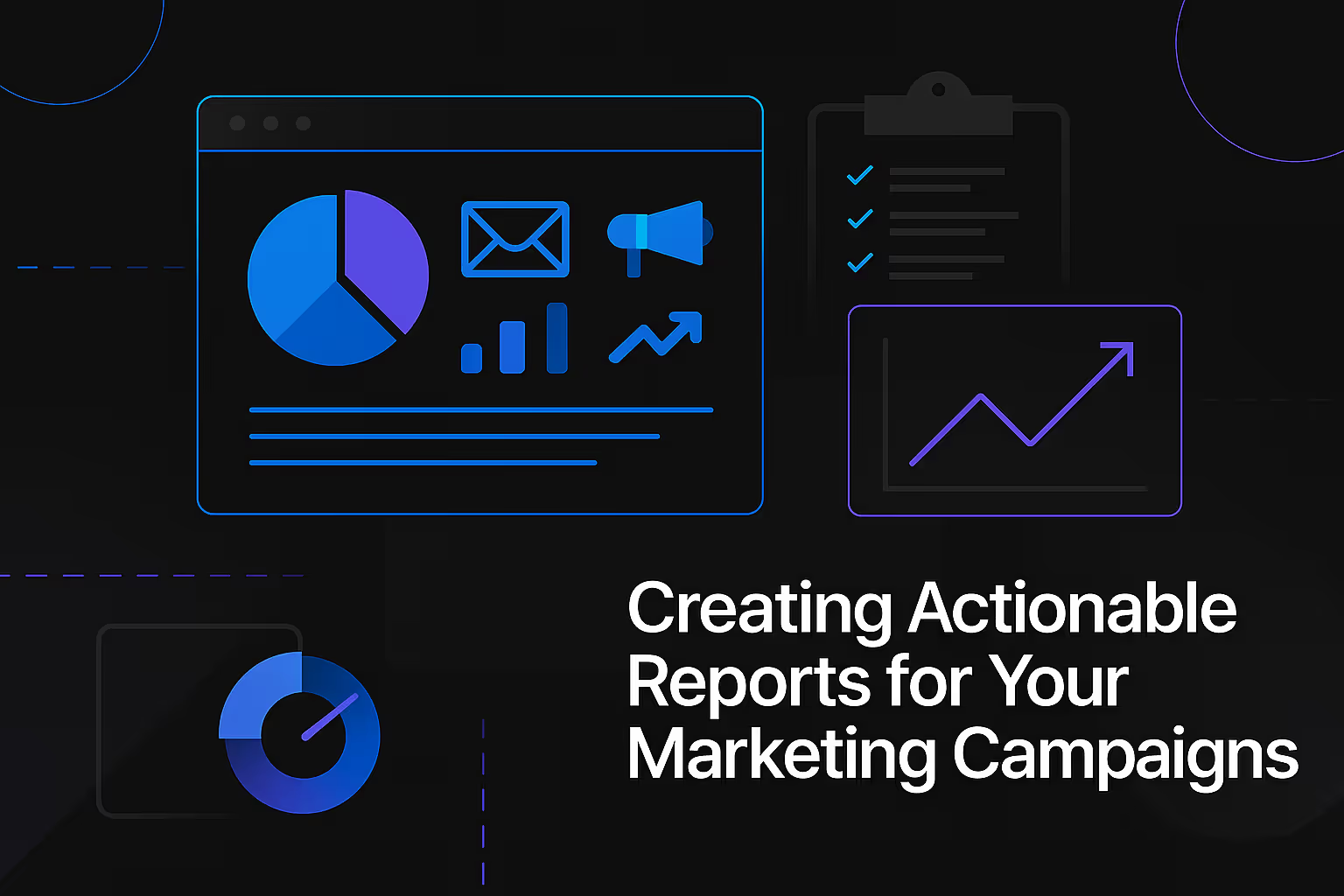The Right Way to A/B Test Web Pages and Features

In the ever-evolving digital landscape, simply publishing content and hoping for the best is a strategy destined for stagnation. To truly thrive, businesses and marketers must embrace a rigorous, data-driven approach to website optimization. At the heart of this approach lies A/B testing, a powerful methodology that allows you to compare two versions of a webpage or feature to determine which one performs better. While often associated with conversion rate optimization, the true power of A/B testing lies in its ability to inform and enhance your SEO strategy, leading to sustainable organic growth and superior search engine rankings.
Understanding A/B Testing in the Context of SEO
A/B testing, or split testing, involves presenting two different versions of a single variable to different segments of your audience at the same time and measuring which version achieves a better outcome. Traditionally, this might mean testing two different call-to-action buttons. However, when we integrate A/B testing with SEO, our focus broadens. We're not just looking at immediate conversions; we're also observing how different elements impact user behavior signals that search engines value, such as dwell time, bounce rate, and organic click-through rates.
Why is this crucial for SEO? A page that keeps users engaged, answers their questions thoroughly, and provides a positive experience is more likely to rank higher. A/B testing provides the empirical evidence needed to make informed decisions about design, content, and functionality that resonate with both your audience and search algorithms. It's about moving beyond assumptions and relying on concrete data to refine your digital presence.
The interplay between user experience and search engine rankings is profound. A seamless, intuitive user experience naturally leads to better engagement metrics. A/B testing allows you to systematically identify and implement changes that enhance this critical relationship, turning your website into a powerful asset for both your users and your organic visibility.
Foundational Principles Before You Begin Your A/B Test
Before diving into the mechanics of setting up an A/B test, it’s imperative to ground your efforts in core SEO principles. Without this foundational understanding, your tests might inadvertently harm your organic performance.
Prioritizing the User: The "People-First" Approach
Every A/B test must be driven by a commitment to serving human users. This isn't just a best practice; it's a fundamental tenet of modern SEO. Google’s algorithms are designed to reward helpful, reliable content that genuinely satisfies user needs. Your A/B tests should, therefore, aim to enhance the user experience, making your content more accessible, understandable, and valuable. The objective isn't to trick the algorithm but to provide an undeniably superior experience that the algorithm, in turn, recognizes and rewards.
Embracing E-E-A-T: Building Trust and Authority
Experience, Expertise, Authoritativeness, and Trustworthiness (E-E-A-T) are paramount in the eyes of search engines. A/B testing can be a powerful tool for enhancing these critical signals. When designing your tests, consider how different elements contribute to perceived credibility. Are you testing variations in author bios to highlight expertise? Are you experimenting with the placement of trust signals like customer testimonials, security badges, or industry certifications? Each of these elements, when tested and optimized through A/B experimentation, can bolster your E-E-A-T signals, building trust with both your audience and search engines, thereby contributing to better rankings.
Semantic Understanding: More Than Just Keywords
The days of simply stuffing keywords are long past. Modern search engines rely on semantic understanding, comprehending the full context, underlying intent, and intricate relationships between concepts. Your A/B tests for content variations should reflect this. Instead of just testing different keyword densities, consider testing variations that demonstrate a deeper semantic understanding of the topic. The goal is to create content that truly answers user queries comprehensively, addressing the nuances of their intent rather than just matching isolated terms.
Technical SEO as the Backbone
Even the most compelling content requires a robust technical infrastructure to be discoverable. This is especially critical during A/B testing. When you're running multiple versions of a page, you introduce potential complexities related to crawlability and indexing.
First, ensure that all test variations are inherently crawlable. If your A/B testing framework relies heavily on JavaScript, confirm that Googlebot can effectively process these dynamic elements.
Second, and perhaps most importantly, managing indexing is paramount to avoid duplicate content issues. The strategic use of canonical tags is crucial here. For any A/B test, the canonical tag on all test variations should point back to the original or preferred version of the page. This tells search engines which version is the definitive one and prevents the test variations from being incorrectly indexed as duplicate content.
The Strategic Steps to SEO-Centric A/B Testing
With the foundational principles in mind, let’s outline the strategic steps to conducting A/B tests that truly enhance your SEO.
Step 1: Defining Clear Objectives and Hypotheses
Every successful A/B test begins with a clear objective. What specific SEO metric are you trying to improve? Are you aiming to reduce bounce rate, increase time on page, or boost organic click-through rate? Once you have a clear objective, formulate a testable hypothesis. For example: "Changing the headline will increase organic click-through rate by 15% because the new headline is more benefit-driven."
Step 2: Choosing Your Elements to Test Wisely
The beauty of A/B testing lies in its ability to isolate variables. For SEO, focus on elements that directly influence user engagement, content quality, and technical discoverability.
- Headlines and Title Tags: A compelling title tag directly influences organic click-through rate (CTR). Test different value propositions, keyword placements, and emotional triggers.
- Meta Descriptions: While not a direct ranking factor, a well-crafted meta description can significantly increase your organic CTR. Experiment with different calls to action and unique selling propositions.
- Content Variations: Consider testing the impact of long-form versus concise content. Experiment with the comprehensiveness of your answers, readability improvements, or the inclusion of multimedia.
- Call-to-Actions (CTAs): CTAs guide user flow. Test the placement, wording, and visual hierarchy of your CTAs to improve the user journey.
- Page Layout and UI/UX: A page that is easy to navigate, loads quickly, and is visually appealing will naturally foster longer engagement times and lower bounce rates.
- Image Optimization: Test different image sizes and formats. Ensure your alt text is descriptive and includes relevant keywords where appropriate.
- Internal Linking: Test different anchor text variations and the placement of internal links. Strategic internal linking can improve crawl depth and keep users engaged for longer.
Step 3: Implementing Your A/B Test with SEO Safeguards
Implementing an A/B test requires careful consideration to avoid inadvertently harming your SEO. Utilize a reputable A/B testing tool that offers robust features for SEO-safe testing. A critical aspect here is canonicalization. As mentioned, all test variations must include a canonical tag pointing to the original, preferred version of the page. This prevents search engines from seeing your test variations as duplicate content.
Be mindful of how your A/B testing solution handles JavaScript. If variations are rendered entirely client-side, ensure that Googlebot can still access and interpret the content correctly. Finally, consider the duration of your test. A test needs to run long enough to achieve statistical significance. Ending a test prematurely based on insufficient data can lead to erroneous conclusions.
Step 4: Analyzing Results Through an SEO Lens
The analysis phase is where you connect your A/B test results back to your SEO objectives. While conversion rates are important, you must look beyond them. Analyze the impact of your test variations on key organic traffic metrics:
- Organic Traffic
- Keyword Rankings
- Bounce Rate
- Time on Page / Dwell Time
- Page Depth
- Organic Click-Through Rate (CTR)
Interpreting this data through an SEO lens means understanding why a particular variation performed better. Did it lead to improved user behavior signals because it better addressed user intent? Identifying these patterns helps you not only roll out the winning variation but also glean insights that can be applied across your entire website.
Step 5: Iteration, Implementation, and Scaling
Once a winning variation is identified and statistically validated, it's time to roll it out to 100% of your audience. The A/B testing process is rarely a one-off event. It should be an iterative cycle. Based on the insights from one test, new hypotheses will emerge, leading to further experiments. This continuous learning and adaptation are crucial for staying agile in the dynamic search landscape. By consistently testing, learning, and implementing improvements, you ensure your website remains at the forefront of SEO efficacy.
Common Pitfalls and How to Avoid Them
Even with the best intentions, A/B testing can present pitfalls that, if not addressed, can undermine your SEO efforts.
- Ignoring Technical SEO During Tests: This is the most common mistake. Forgetting to implement proper canonicalization or accidentally blocking crawlers can severely impact your organic visibility.
- Insufficient Test Duration or Traffic: Ending a test prematurely before achieving statistical significance is a recipe for drawing false conclusions. Be patient; good data takes time.
- Focusing Solely on Conversion without SEO Context: Optimizing for immediate sales at the expense of long-term organic visibility is a shortsighted strategy. Always balance conversion goals with an understanding of how your changes impact core SEO metrics and user experience signals.
- Testing Too Many Variables at Once: Resist the urge to overhaul an entire page in a single A/B test. When you test multiple elements simultaneously, it becomes impossible to attribute changes in performance to a specific variable.
- Not Documenting or Sharing Learnings: A/B testing is a cumulative process. If you don't document your findings, you risk repeating past mistakes or missing opportunities for broader application of your learnings.
By integrating A/B testing deeply into your SEO workflow, you are not just optimizing for today’s algorithms, but building a resilient, user-centric website capable of thriving in the ever-changing digital future.
Similar Insights
Stay Updated with Our Insights
Join our newsletter for the latest trends and tips in web development and digital marketing.




